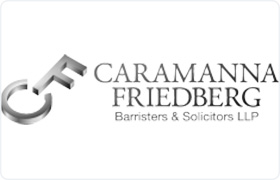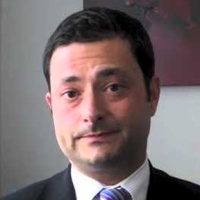Sault Ste Marie Juvenile Law Lawyer, Ontario, page 2
Sponsored Law Firm
-
 x
x

Click For More Info:
-
Caramanna, Friedberg LLP
700 Bay St 405, Box 144 Toronto, ON M5G 1Z6» view mapCriminal Defense Law Defending Your Rights
Caramanna, Friedberg LLP provides comprehensive legal advice and vigorously protects the rights of clients facing criminal charges and regulatory offences.
416-924-5969
Not enough matches for Sault Ste Marie Juvenile Law lawyer.
Below are all Sault Ste Marie lawyers.
Jonathan David Manuel
General Practice
Status: In Good Standing *Status is reviewed annually. For latest information visit here
Ian David Hugill
General Practice
Status: In Good Standing *Status is reviewed annually. For latest information visit here
Jonathan Michael Poitras
General Practice
Status: In Good Standing *Status is reviewed annually. For latest information visit here
Frank Attilio Sarlo
General Practice
Status: In Good Standing *Status is reviewed annually. For latest information visit here
Hugh Norwood Macdonald
General Practice
Status: In Good Standing *Status is reviewed annually. For latest information visit here
Shadrach Robert Mc Cooeye
General Practice
Status: In Good Standing *Status is reviewed annually. For latest information visit here
Eric David Mccooeye
General Practice
Status: In Good Standing *Status is reviewed annually. For latest information visit here
Elaine Susan Pitcher
General Practice
Status: In Good Standing *Status is reviewed annually. For latest information visit here
Gordon Peter Acton
General Practice
Status: In Good Standing *Status is reviewed annually. For latest information visit here
Steven Gregory Shoemaker
General Practice
Status: In Good Standing *Status is reviewed annually. For latest information visit here
 Matthew Friedberg Toronto, ON
Matthew Friedberg Toronto, ON AboutCaramanna, Friedberg LLP
AboutCaramanna, Friedberg LLP Practice AreasExpertise
Practice AreasExpertise